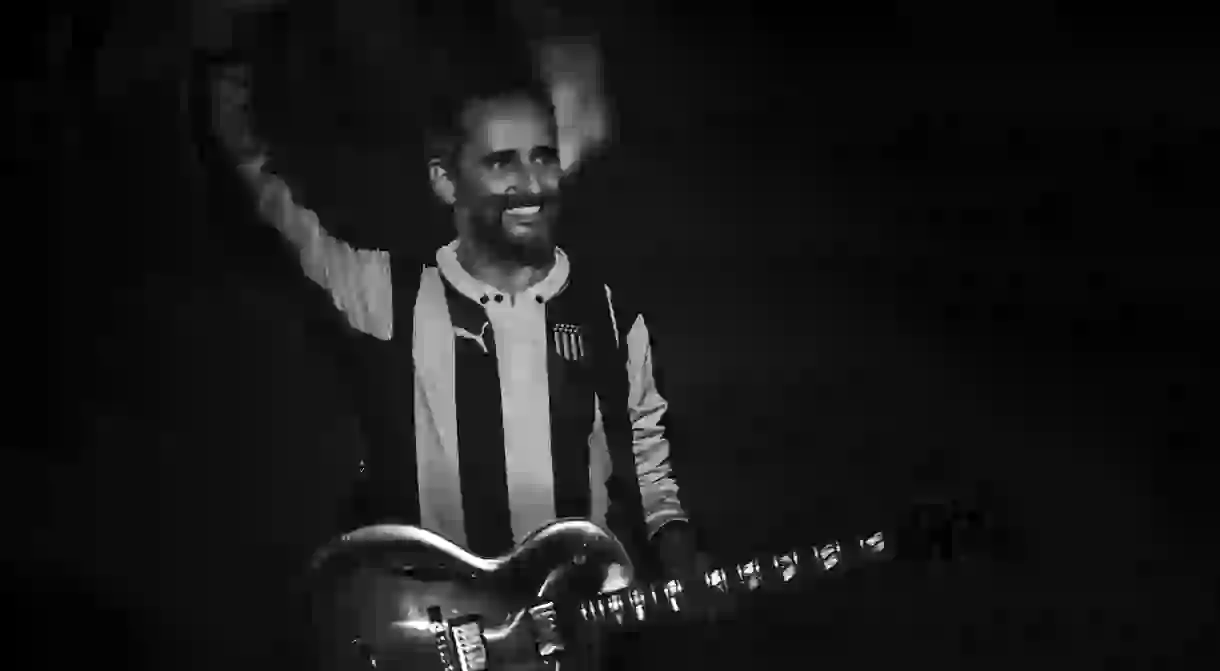Why Jorge Drexler is the Artist of the Uruguayan People

His music is loved throughout Latin America and he’s recorded in countries like Colombia and Mexico. Though he now lives in Madrid, Jorge Drexler hasn’t forgotten his Uruguayan roots.
The son of a German Jew who fled Europe with his family as a child when the continent’s grim history was beginning to unfold, Jorge Drexler began playing his first instrument, the piano, at the impressionable age of five. Though he was pushed by his family to become a doctor, music was his calling and his obsession. To appease his parents, he attended medical school but took a break during his education to hitchhike through Brazil, which is when he truly immersed himself in music.

Listening to, thinking about, and studying music during this time would have a profound effect on Jorge Drexler’s life, much like the story of a fellow South American, Ernesto “Che” Guevara, whose life-changing journey documented in the film The Motorcycle Diaries features one of Drexler’s most well known songs, ‘Al otro lado del río’.
Hailing from the second smallest country in South America, a country not known for producing stadium rockers, Jorge Drexler has noted that although he resides and records outside of his native Uruguay, the humble music and culture of his beloved country are what have influenced his music more than anything else.

Eduardo Mateo, a pioneer in Uruguayan music who combined bossa nova (a Brazilian fusion of samba and jazz) and local Candombe, music that originated from Uruguay’s African slaves, is noted to be one of the biggest influences on Drexler and his style of music. Another influence, Carlos Salaverry (known professionally as Santiago Chalar), was also a student of medicine who pursued his passion of music and became one of the most renowned folk singers in the history of Uruguay until his passing in 1994 at just 56 years old. Although Drexler has won an Academy Award for Best Original Song and is more well known than the artists that came before him, he still considers Chalar and Mateo as idols and pioneers for musicians like himself, doing his part to keep their music alive through his sound.

For a country that only has 3 million inhabitants, artists like Jorge Drexler, who remain tied to the land that served as a refuge for his family in dire times, provide further evidence of a fiercely proud nation.













